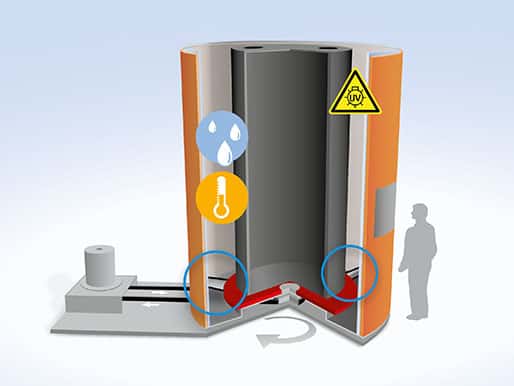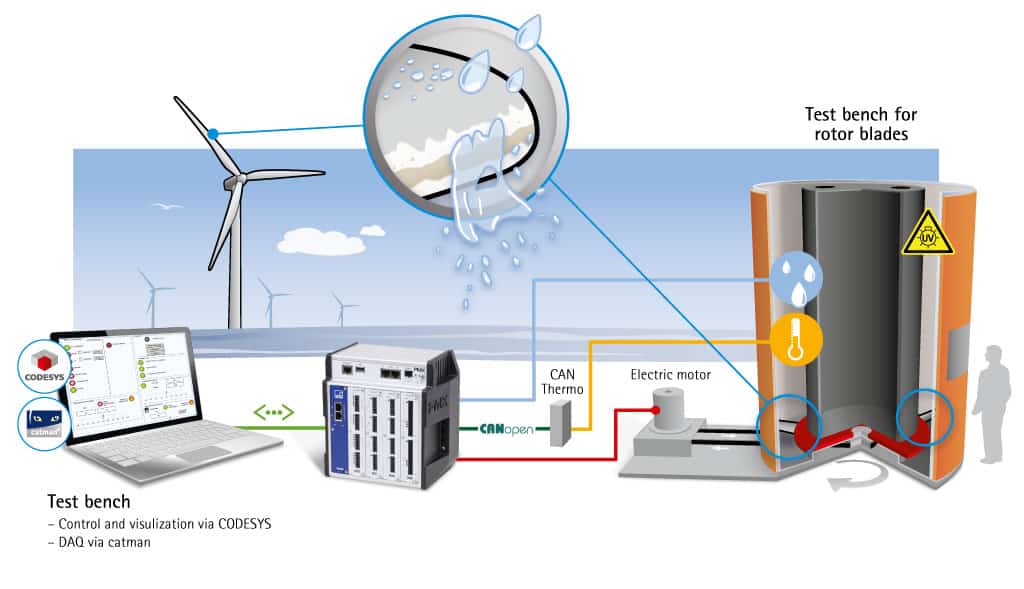Highly realistic pluvial erosion test bench for Wind Power Plants - with the measurement and control platform PMX
Faster than a formula-1 racecar: The new pluvial erosion test bench of the Fraunhofer Institute for Wind Energy and Energy System Technology (IWES) accelerates a model rotor blade to as much as 550 km/h for testing the abrasive effect of raindrops on the surface. Rotor blades are exposed to powerful environmental influences: rain, hail, sand, salty seawater and dirt strike the surfaces resulting in accumulations of dirt and rough spots on the paint and coating systems, especially on the leading edges of the blades. Changes in temperature and UV radiation further intensify these effects.
Increased climate and environmental requirements
The result is removal of material and formation of cracks due to pluvial erosion, which leads to increasingly deteriorating aerodynamic properties of the blade. These changes not only have a negative impact on the efficiency of wind power plants (WPP), they also cause higher noise emissions.
The problem will only be exacerbated in the future, as rotors will have to turn faster to increase the efficiency of offshore WPPs: As the speed increases, raindrops will strike the coatings with even more energy, which will lead to damage sooner. Rough spots and damage to the paint and coatings are especially common on the leading edge of the blade, at the tip of the blade. They have a negative impact of the aerodynamic properties of the Wind Power Plant and detract from performance.
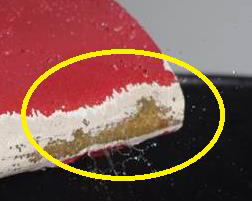
Climate-controlled pluvial erosion test bench
Together with the Fraunhofer Institute for Wind Energy and Energy System Technology (IWES) in Bremerhaven, Germany, and as part of the "Pluvial Erosion on Rotor Blades" project sponsored by German Federal Ministry for the Environment, Nature Conservation and Nuclear Safety (BMU), companies in the industrial sector developed a test bench with rotating arms that can be used to test model blades at peak speeds of up to 600 km/h.
This makes it possible to track and assess the resistance of rotor blade coatings against rain erosion with full climatic control (effect of UVA, variable drop size, temperature, salt environment). Optimizing coating systems for rotor blades should prevent damage and extend maintenance intervals, thereby cutting costs. At the same time the formation of ice on the rotating arm can be checked in the chamber and the coatings can be checked against rain erosion and formation of ice in combination or one after the other. Samples can also be exposed to UVA radiation to simulate aging of polymers under sunlight.
Integrated instrumentation and control system
To operate the test bench efficiently, a measurement and control system was needed that would not only allow for fast configuration but also have the necessary measuring accuracy and interference resistance.
Given these criteria, the PMX measurement and control platform from Hottinger Baldwin Messtechnik GmbH was used. PMX has various measurement and signal output modules that were used to match the number of required input and output signals in the basic device.
Image: PMX as a central measurement and automation system
Measurement data acquisition
All signals were resolved individually and synchronously at 24 bits and at a rate of 19,200 per second. This makes it possible to process measured values in real time. Use of the integrated Ethernet interface ensures that all relevant measured values are saved on a test bench PC. Raw data is saved and the subsequent analysis is performed by the catman DAQ software from HBM.
Automation
The integrated CODESYS-Soft PLC and diagnosis in PMX significantly enhance efficiency. PMX works according to the worldwide industrial standard 61131 and allows for deterministic real-time control processes, which are important in this project for synchronous control of the arm in the test bench and control of the rain and climate. The code is created once in the CODESYS development environment. Then a compiler checks for errors and the code is loaded into PMX as machine code. The application runs independently in PMX. Additional sensor signals can be read via the CANopen interface integrated into PMX and control signals can also be sent to the driven side. Other control tasks are performed by the digital I/Os and the analog outputs of the PMX.
Visualization and operation
Another decisive criterion for the use of PMX was the possibility of operating the device via the integrated web server on all commonly used web browsers. This eliminated the need to install PC software and provided the opportunities for remote maintenance and remote operation via existing network technology. The integrated CODESYS Soft PLC also has web visualization, which has now been adapted precisely to the application. That makes all relevant signals and control elements available to operate the test bench including control for the operator.
Benjamin Buchholz from IWES is coordinating the project as part of the joint "Rain Erosion on Rotor Blades" project:
"The test conditions are variable – rotational speeds and climatic conditions can be adjusted individually according to actual conditions of the relevant rotor blades," explains Buchholz."Recorded weather and operating data provide us with the necessary basis. In this manner we would like to ensure both the quality of the test bench and the validity of the final results. With the integrated PMX measurement and control system from Hottinger Baldwin Messtechnik, we were able to implement all the necessary measurement and control tasks efficiently and cost-effectively."
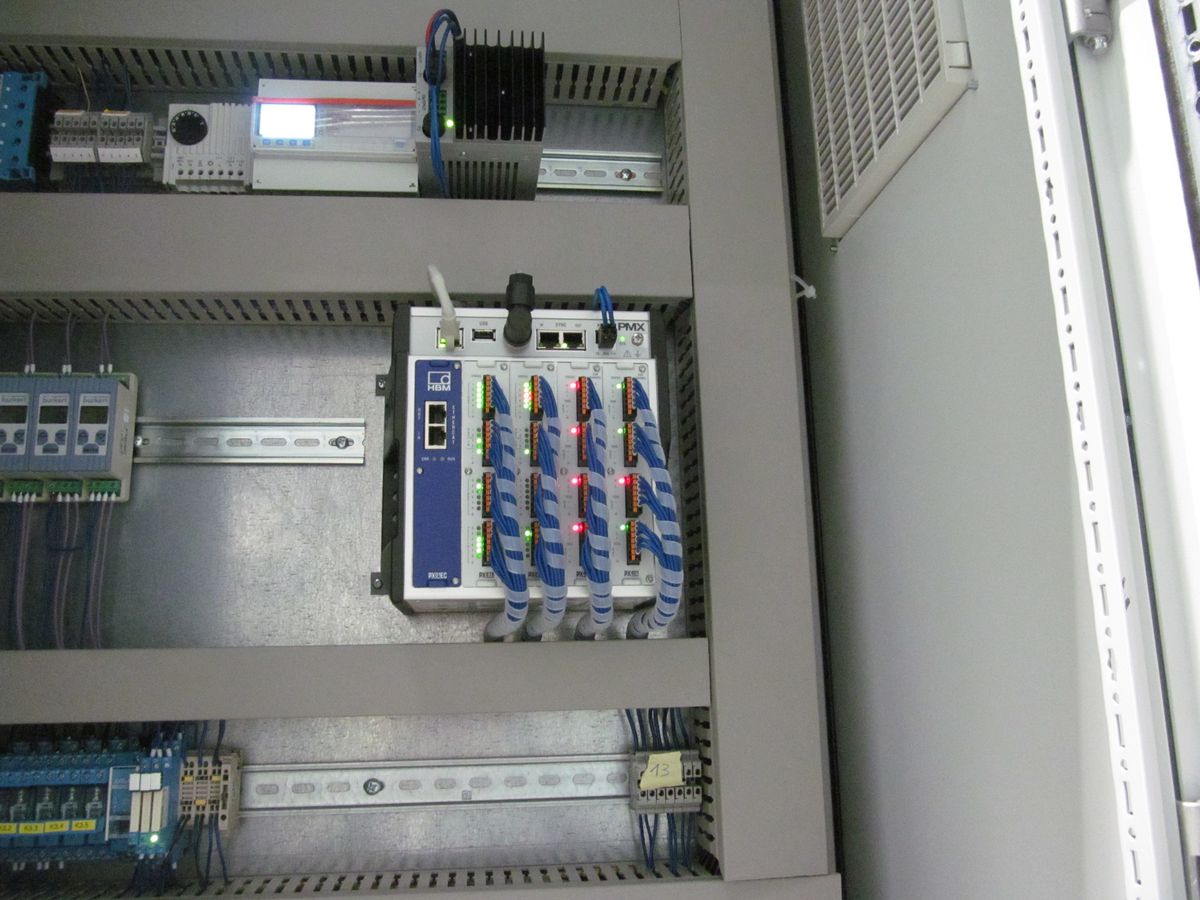
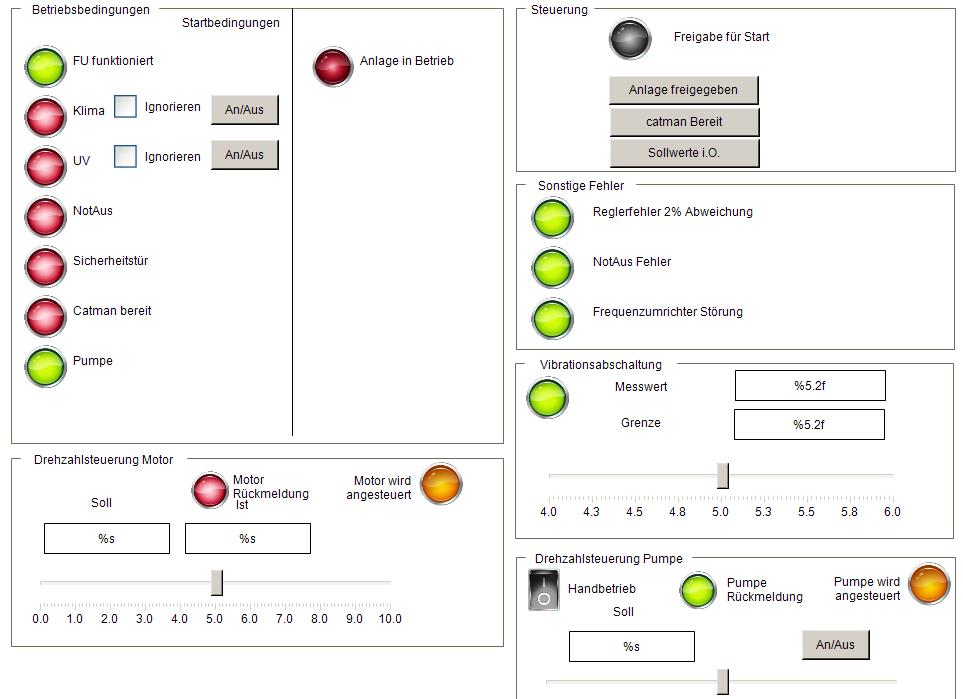

Summary and perspective
Assessing the damage mechanisms provides a basis for optimizing coating materials such as foil and paint and for introducing additional measures, for example changing the operational guidance of the WPP or adjusting the maintenance intervals. The test bench has enabled the scientists to deepen their understanding of the damage process and to develop valuable protection concepts on this basis. With a total volume of 1.4 million euros, the "Pluvial Erosion on Rotor Blades" project is sponsored by the German Federal Ministry for the Environment, Nature Conservation and Nuclear Safety (BMU) (index number 41V6477). It runs until September 2016.
